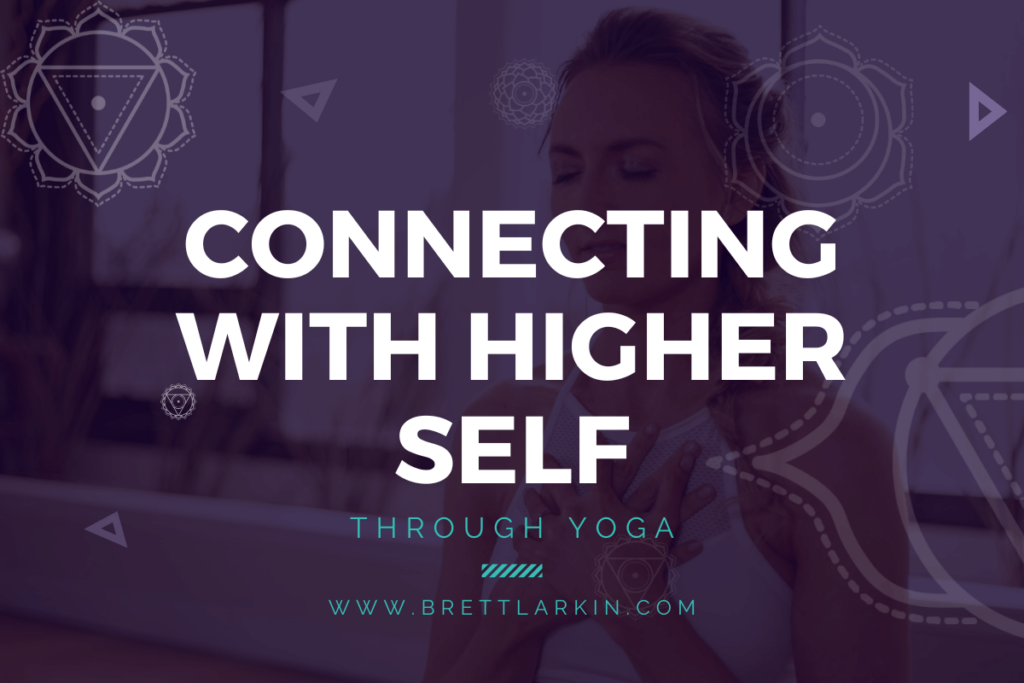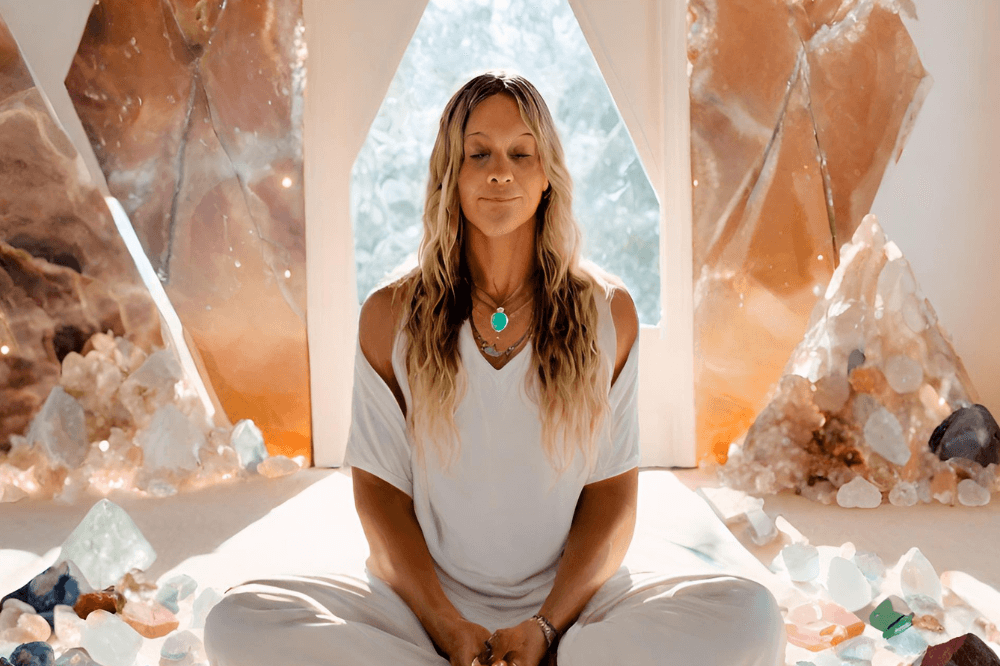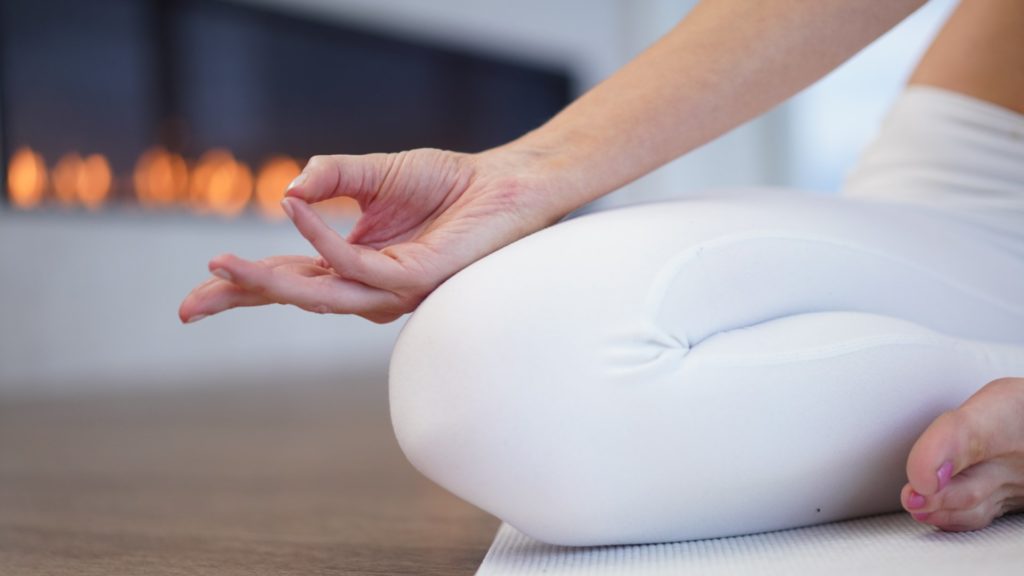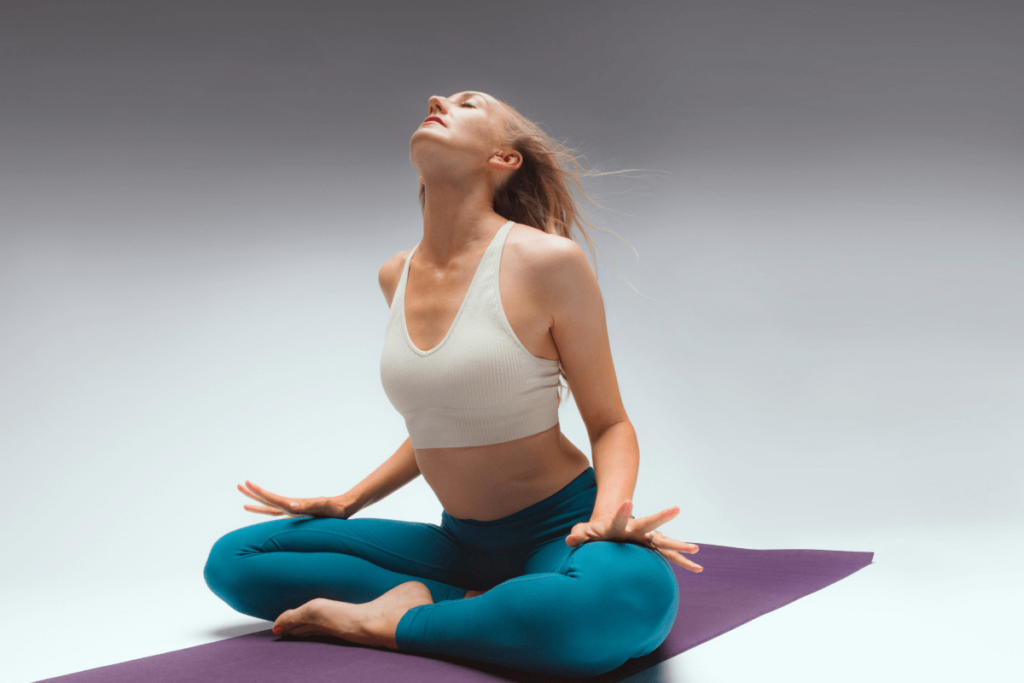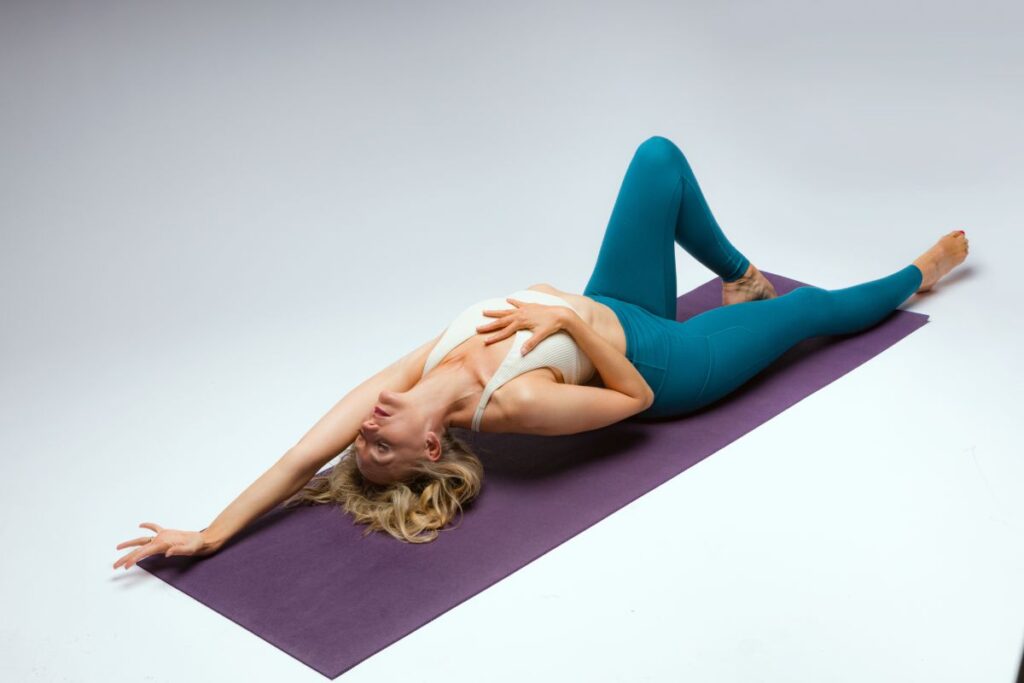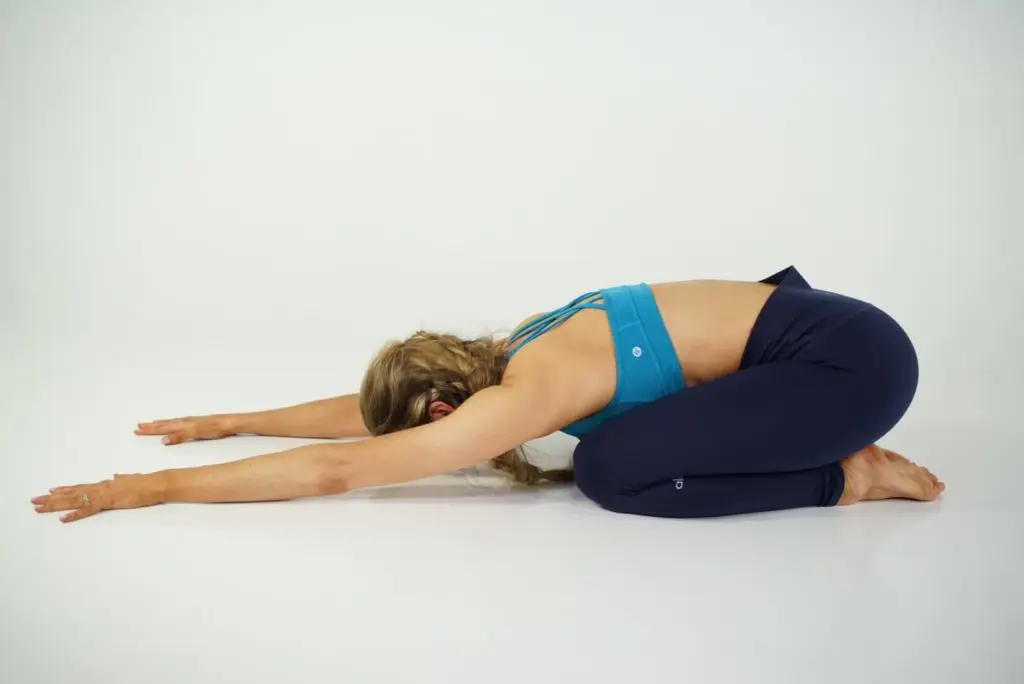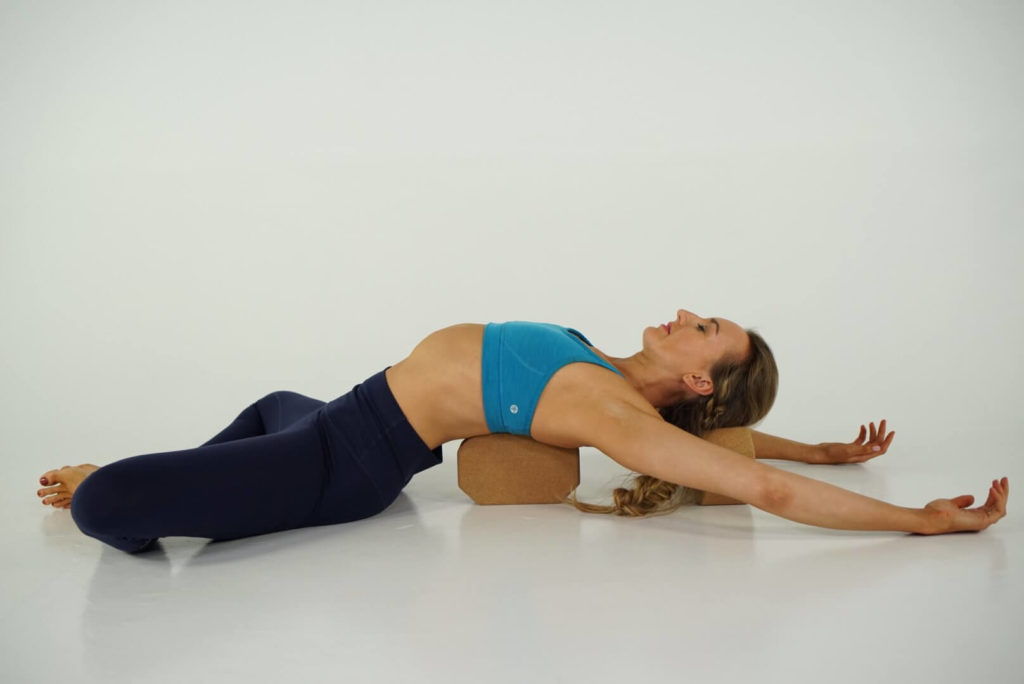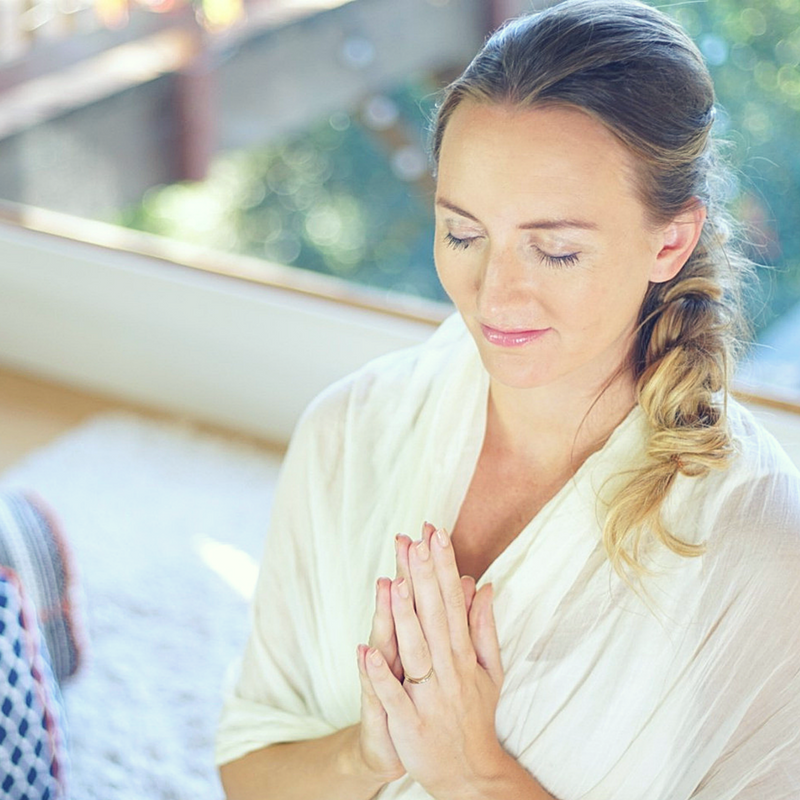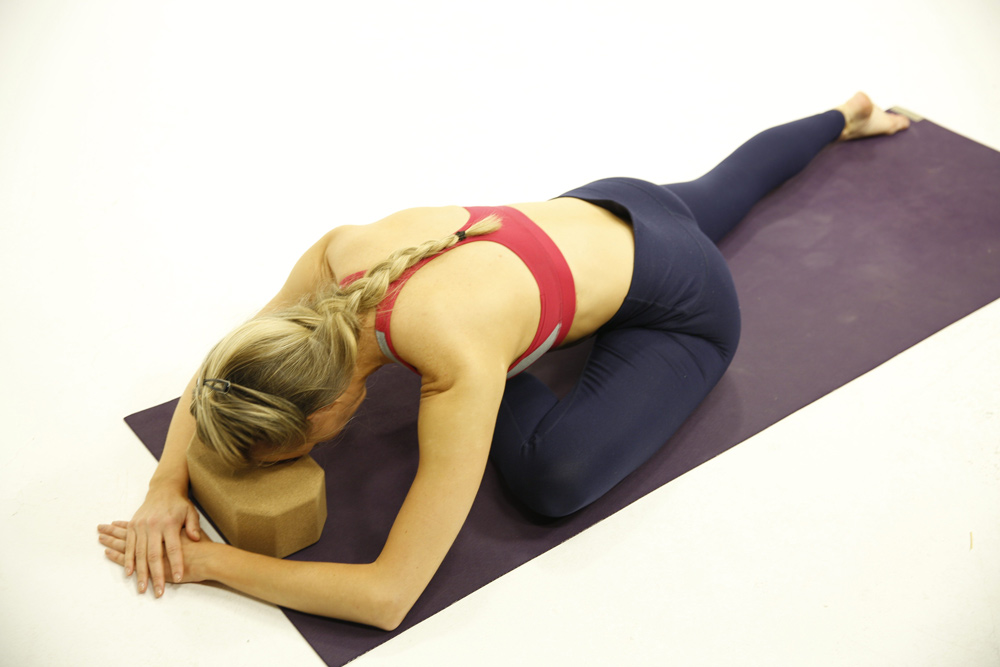Let’s face it: we’re all running around a bit disconnected from our true nature.
Between constant notifications, making sure the house is clean, and keeping up with life, we’re also on our phones where we receive a constant stream of information.
There are so many external demands on our time that it’s easy to put our spiritual connection to the side. But connecting with your higher self is the key for spiritual growth.
There’s nothing more important than tuning into your higher power and tapping into a higher consciousness. In fact, your spiritual practice can help you face the chaos of daily life.
Instead of feeling confused, stuck, or like things will never change, you have access to a universal energy along with your higher self, where you can get guidance on your dreams, who you’re meant to be as a person, and what your inner voice is leading you towards.
By dedicating a small part of your day to your spiritual journey, you create space to listen to your inner voice.
What Is The Higher Self?
The Higher Self is the most authentic and enlightened part of your being, representing your true essence and inner wisdom. Our higher selves are like our inner god/ddesses that are always guiding us towards our true purpose. This important part of your being transcends the ego and the immediate concerns of everyday life, offering a deeper connection to your values and universal truths.
If you’re on a healing journey and want to be in flow with the universe, then your higher self has the answers for you. The path your higher self wants you to follow involves letting go of fear, living with intention, and letting your growth be an ongoing process. When you’re faced with a challenge, you’re also being given an opportunity for learning and to gain knowledge about who you are and what you came here to do.
Your spiritual wisdom comes from connecting with your Higher Self, where you can access healing, dreams, and hand over control. It’s like visiting a wellspring of inner guidance and insight. Or having a personal mentor that helps you navigate life’s challenges to find more joy and a feeling of deep purpose.
It may sound intimidating, but discovering this part of yourself has so many benefits that will serve you throughout the course of your lifetime—enabling you to live more authentically and embrace your fullest potential!
Take my feminine energy quiz to get a recommended practice for balancing YOUR feminine energy 👇
Benefits Of Connecting With Your Higher Self
Discovering this deeper part of yourself can lead to a heightened sense of intuition, greater stability, and better decision-making. You’ll let your thoughts flow, knowing you can connect with your higher self anytime.
When you develop a relationship with this part of your self, you tap into a treasure chest of calm and learn to expect that your journey is always working out in your favor. You’re here on earth to identify your purpose and stay connected to your spiritual routine.
When you do this, your life gets better, in every area. Here are the benefits of connecting with your Higher Self:
- Greater emotional stability: Regularly connecting can help you navigate emotions with more clarity and calmness.
- Increased self-awareness: You develop a deeper understanding of your thoughts, feelings, and actions, helping you make choices aligned with your true desires.
- Reduced stress: When you know you don’t have to control everything, you can have faith in your journey and feel more at ease.
- Stronger sense of purpose: You’ll have clarity on your life’s journey, leading to a deep sense of fulfillment.
- Better relationships: When connected with your Higher Self, you are more compassionate and understanding, improving relationships with everyone in our life.
- More resilience: The connection with your higher self can help you better adapt to life’s challenges and uncertainties.
How To Connect To Your Higher Self
There is are so many ways to connect with your higher self. No path to connect is the same for everyone and you can find what ways work best for you on your journey.
Maybe you want to meditate with a guided meditation because quiets the mind and allows you to tune into your inner guidance.
Or incorporate yoga on your journey, helping you align physically and spiritually.
You can use words of affirmation to connect with your soul too.
Spending time in nature can also be grounding for you and providing space for introspection and tuning into your self. Even just going for a walk outside can be a way to meditate.
Or journaling might be a powerful tool for self-discovery, as it helps you articulate and explore your inner thoughts and feelings—and can even be a way to receive messages from your higher self.
Each of these methods helps to clear the clutter of your daily life, creating space to hear and connect with your Higher Self more profoundly. Ultimately, it’s about letting go of control so your higher voice can shine through.
Awaken Your Feminine Energy with my Somatic Self Healing Masterclass (usually $67) FREE👇
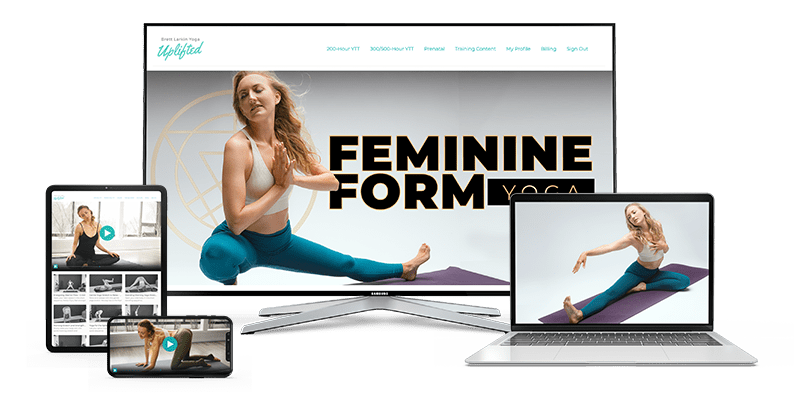
FREE Feminine Form Embodied Yoga Masterclass (usually $67) Unleashing Pleasure + Intuitive Movement on the Mat

Best Types Of Yoga For Connecting With Higher Self
Yoga can help connect with your Higher Self by integrating the mind, body, and spirit through movement, breath, and mindfulness. The physical movement clears mental distractions, while conscious breathing fosters inner stillness and calm, allowing for deeper self-awareness and alignment with your higher purpose.
Best Yoga Styles for Connecting with Your Higher Self:
- Hatha Yoga: Focusing on posture and breath, Hatha provides a slow, intentional approach.
- Yin & Restorative Yoga: With an emphasis on deep relaxation and supported poses, these restorative styles involve long-held poses that encourage deep introspection, helping you release tension and tune into the quieter aspects of your being.
- Kundalini Yoga: Focused on breathwork and energy flow, Kundalini aims to awaken the inner spirit and elevate consciousness, making it an excellent for way to connect with our higher selves in the physical form.
Top Yoga Poses For Connecting With Your Higher Self
1. Child’s Pose
Step 1: Starting on hands and knees (all fours), bring your big toes to touch and either keep your knees together or separate them wide apart, depending on your comfort level.
Step 2: Sit back toward your heels as you lower your torso toward the mat, extending your arms forward with palms facing down.
Step 3: Allow your forehead to gently rest on the mat, releasing tension in your neck and shoulders. Relax your entire body, letting your hips sink back and your chest soften toward the mat.
Step 4: Stay here for several deep breaths, focusing on releasing any tension in your lower back, hips, and shoulders. As you breathe, feel your back body expanding and softening.
Step 5: To release, press through your hands and slowly lift your torso, returning to a seated position.
Variations: Place a bolster or pillow under your chest for additional support if folding deeply isn’t accessible. You can also tuck a blanket under your hips for comfort or bring your arms by your sides with palms facing up for a more restorative variation.
Benefits: Child’s Pose calms the mind and body, releases tension in the lower back, hips, and shoulders, and encourages deep breathing. It’s a grounding and restful pose that brings awareness to your breath and offers a moment of stillness.
Pro Tips for Yoga Teachers:
- Encourage this pose as a reset, using it as a place to reconnect with deep breathing.
- Allow space for quiet reflection and encourage students to close their eyes, creating a deeper connection to their body.
3. Reclined Bound Angle (Supta Baddha Konasana)
Step 1: Sit on the floor with your legs straight out in front of you and together. Place a bolster or cushion at the base of your spine and bring the soles of your feet together, forming a diamond shape with your legs. Use blocks or blankets under your knees for additional support and comfort.
Step 2: Once your props are adjusted to your liking, gently recline over the bolster or cushion. Cover yourself with a blanket for warmth and, if you have one, place an eye mask over your eyes to enhance relaxation.
Step 3: Take deep, calming breaths, allowing your entire body to relax and become heavy. Let go of any tension, focusing on the sensation of complete relaxation.
Step 4: Remain in the pose for as long as you wish. When you’re ready to come out, start with small movements and carefully lift yourself out of the posture.
Variations: Use props to maximize comfort. Feel free to use additional blankets, bolsters, or blocks to create the most soothing experience possible.
Benefits: Reclined Bound Angle Pose supports the pituitary gland, which regulates hormones, by mimicking restful conditions conducive to hormonal balance. This pose is particularly beneficial during menopause, helping to alleviate symptoms like hot flashes. It also fosters a sense of grounding and connection to the heart, helping you center yourself and be fully present for your loved ones.
Pro Tips for Yoga Teachers:
- Emphasize the restorative nature of this pose, highlighting its benefits for hormonal balance and emotional well-being.
- This pose is the ultimate heart-opener. Incorporate this pose into a class focused on heart-centered poses, encouraging students to use props like rolled blankets under their shoulder blades if blocks aren’t available.
4. Meditation (Dhyana)
Step 1: Begin by sitting in an easy pose with your spine tall. Use a cushion or sit against a wall to support an upright posture and maintain a straight spine.
Step 2: Rest your hands gently on your knees or in your lap. Slightly lower your chin and close your eyes to turn your attention inward.
Step 3: Focus on your breath, observing the natural rhythm. When thoughts arise, acknowledge them and gently redirect your focus back to your breath. You may also integrate a visualization or specific breathing technique.
Step 4: When you feel ready to end your meditation, bring your tongue to the roof of your mouth and slowly blink your eyes open.
Variations: There are SO many types of meditation to explore, tailored to various needs. Whether you’re a busy professional, a pregnant mama, or navigating fertility challenges, you can find meditations designed to suit your lifestyle. It only takes a few moments and is a chance to connect with your inner spiritual guide.
Benefits: Meditation provides numerous benefits, including increased self-awareness, reduced negative emotions, and enhanced focus on the present moment.
In the midst of busy family life and so many responsibilities, meditation offers a moment to step back and cultivate compassion without reactivity. It allows you to take a “time out” and reconnect with your true self, breaking away from the constant “doing” mode many women experience.
Pro Tips for Yoga Teachers:
- Start with a pranayama technique such as Sitali or Left Nostril Breathing to help your students center themselves and become more present before beginning meditation.
- Use a guided visualization focusing on the chakras to help balance energy centers and provide a clear focus during meditation. This can enhance the experience and aid in energy alignment for your students.
5. Pigeon Pose (Eka Pada Rajakapotasana)
Step 1: Starting from all fours (hands and knees), bring your right leg forward, placing your shin across the front of your mat. Don’t worry about getting the shin at a perfect right angle—experiment with its position. Move it closer or further from your body, flexing and relaxing the foot, to find what feels best for your unique body.
Step 2: Extend your left leg straight behind you, ensuring it’s aligned with your hip and stays in a straight line.
Step 3: Square your hips, distributing your weight evenly. On an inhale, lengthen through your spine. As you exhale, fold over your front leg, using this moment for some deep, intentional breathing.
Step 4: To release, inhale and press through your hands to lift up. Gently roll onto your right hip, swinging your left leg around to meet the right, returning to an easy seated position.
Step 5: Repeat on the opposite side.
Variations: If going all the way to the floor is uncomfortable, place a block or bolster under your chest for support. You can also put a blanket under the front thigh if there’s a gap between your hip and the mat. If this version is too intense, try the ankle-to-knee variation while lying on your back.
Benefits: Pigeon Pose deeply stretches the lower body, particularly targeting the hips and upper legs. It’s a great way to release tension in these areas, which many women carry—especially as we tend to balance so much, including carrying children on our hips.
Pro Tips for Yoga Teachers:
- Encourage students to maintain steady, deep breaths throughout the pose, using the breath to help release tension in the hips and lower back.
- Remind students to avoid forcing their body into the position; emphasize that flexibility varies, and the pose will look different for everyone.
Next Steps
If you’re ready to deepen your practice of somatic stretching, join my Somatic Yoga Training Certification. I’ll show you practical tools to enhance your daily life and relationships through intuitive movement and somatic embodiment.
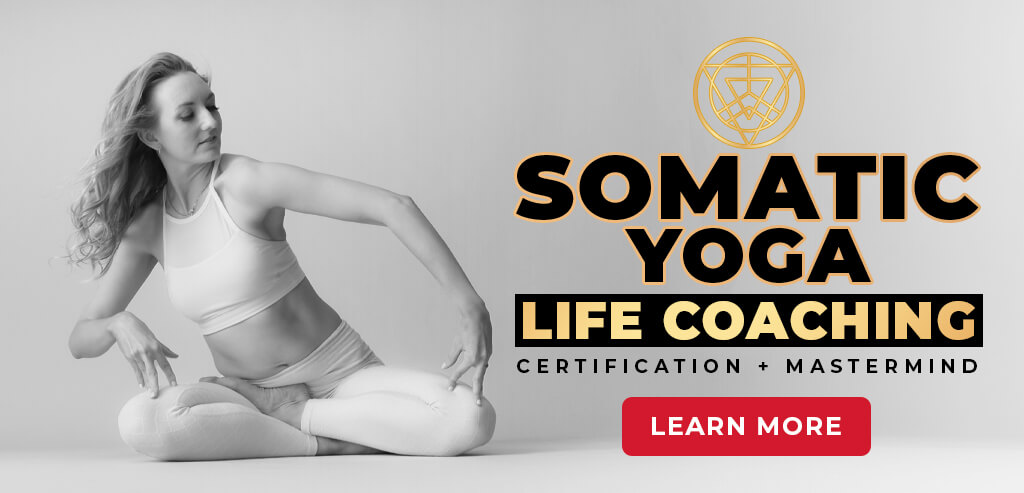
FREE Embodied Yoga Workshop (usually $67) Somatic Techniques & Cord Cutting Ritual
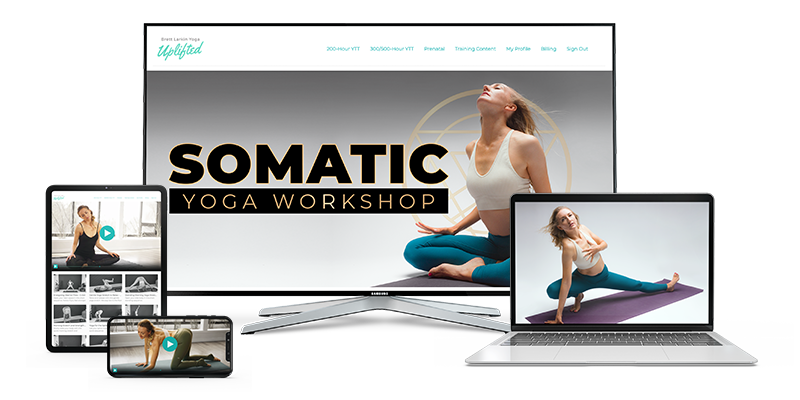
Or if you’re ready to learn more about somatic techniques and how to teach somatic yoga, sign up for my 200-Hour Online Yoga Teacher Training. This comprehensive training will equip you with practical tools and insights to enhance your practice and effectively guide others on their somatic yoga journey.
Experience 3 Training Videos from Inside My 200-Hour Online YTT

Find more yoga sequences by benefit.
YOU MIGHT ALSO LIKE
- Authentic Pathways: Connecting With Higher Self for Inner Peace
- Yoga to Reconnect with Yourself: 5 Essential Practices for Inner Peace
- Yoga for Connection: 10 Poses to Deepen Relationships and Bonding
- Yoga To Connect With Your Body For Mind-Body Harmony
- Yoga to Connect with Feminine Energy: 5 Transformative Practices
- Yoga to Connect with Your Heart: 3 Poses for Emotional Balance
- Myofascial Release Yoga: Unlock Tension and Improve Flexibility
- 6 Hip Openers For Emotional Release
- Office Yoga: 10 Poses You Can Do Right Now
- Ayurveda Food Combining: The Key to Balanced Digestion
- Yoga For Grief: 8 Yoga Poses For Support
- Yoga for Vata Dosha: Practice Poses and Tips
- Yoga for Pitta Dosha: Practice Poses and Tips
- Yoga for Kapha Dosha: Practice Poses and Tips
- Can We Do Yoga During Periods? Here’s The Yoga Philosophy

